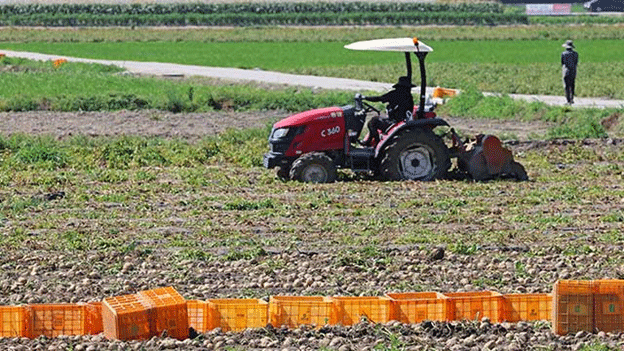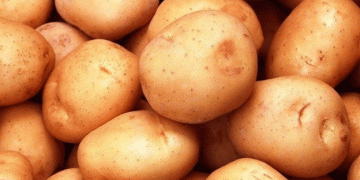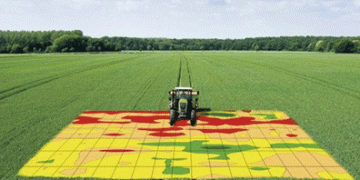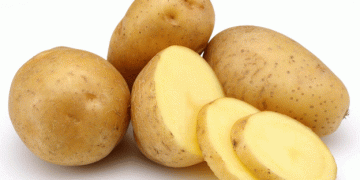In 2024, South Korea experienced a notable increase in spring potato production, reaching a total output of 397,613 tons. According to the latest data from Statistics Korea, this marks an 11.1% rise compared to 2023. The surge in production is attributed primarily to an expansion in the cultivation area and improved yield per hectare, making this year particularly fruitful for potato farmers.
Key Factors Driving Production Growth
One of the primary reasons for the production boost is the increase in the area dedicated to potato farming. In 2024, the total spring potato cultivation area reached 15,521 hectares, a 5.6% increase from the previous year. This expansion was driven in part by favorable economic conditions during the planting season. According to the report, higher potato prices early in the year encouraged more farmers to allocate land to potato crops, seeking to capitalize on strong market demand.
For instance, the price of potatoes during the first quarter of 2024 averaged 2,180 KRW per kilogram, significantly higher than the average price of 1,873 KRW in previous years. This price surge provided a strong incentive for farmers to expand their planting areas.
In addition to economic incentives, favorable growing conditions also contributed to the increased production. Potato yields per 10 ares (10a) rose by 5.2% to 2,562 kilograms compared to 2023. Statistics Korea pointed out that abundant sunshine and higher temperatures during the potato growing season, particularly after May, played a significant role in boosting the harvest. Potatoes thrive in warm, sunny weather, which helps tuber development and overall crop quality.
Regional Breakdown of Production
The increase in spring potato production wasn’t uniform across all regions, with some areas contributing more significantly to the overall national output. Gyeongbuk emerged as the leading producer, accounting for 17.6% of the total national production with 69,882 tons. Other key producing regions included Chungnam, which produced 67,117 tons, and Gangwon, which yielded 47,790 tons.
Each region has its unique strengths and challenges in potato farming. For example, Gyeongbuk’s large potato-growing area and effective use of modern farming techniques contribute to its high yield. Meanwhile, regions like Gangwon, with their cooler climate and distinct soil composition, continue to be important but face different climatic and market pressures that can influence yield variability.
Economic and Market Implications
With the increase in both cultivation area and yield, the South Korean potato market could see a more stable supply throughout the year. This could help mitigate some of the price volatility that potato farmers often face due to weather-related crop failures or market fluctuations. However, the higher output also raises questions about how the market will absorb this increased production. If supply significantly outpaces demand, it could lead to price adjustments, which would affect farmers’ profitability.
Additionally, with the expansion of potato production, there is growing interest in adopting more advanced farming technologies. Precision agriculture tools, improved irrigation systems, and disease-resistant potato varieties could further enhance productivity in the coming years, offering farmers better control over their crops and reducing risks associated with unpredictable weather conditions.
The 11.1% increase in spring potato production in 2024 is a positive development for South Korea’s agricultural sector, driven by a combination of expanded cultivation areas and ideal growing conditions. The rise in market prices provided farmers with the incentive to increase planting, while favorable weather conditions ensured higher yields. As potato production continues to rise, regional differences in yield highlight the importance of targeted agricultural strategies that consider local climate, soil, and market conditions.
With continued investment in advanced farming techniques and careful market management, South Korea’s potato industry is poised to maintain stable growth and contribute significantly to the nation’s food security.






